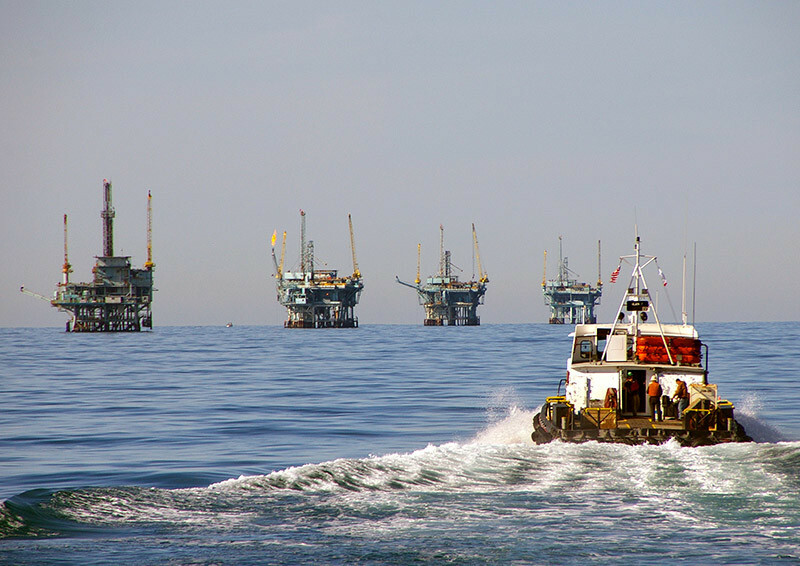Having provided for America’s energy needs from publicly owned offshore resources for more than five decades, under 13 U.S. presidents through a bipartisan supported leasing program, U.S. energy workers are urging action to stop the delays on issuing a new five-year leasing plan.
For the first time in the country’s history, a five-year leasing plan was allowed to expire without a new adopted plan. The plan, which sets a schedule for offerings of offshore tracts, was due in July 2022 in order to seamlessly continue the U.S. offshore leasing program.
U.S. energy workers do not understand how lease sales can be delayed in the name of climate health while at the same time, asking OPEC+ for increased production.
In February, the Institute for Energy Research issued a paper outlining recent research that confirmed that domestic production of oil and gas is better for the environment than importing production from foreign sources. The average Environmental Performance Index (EPI) score, weighted by liquid fuels production, is 39 for the 20 largest oil producing countries outside the U.S. When compared to the U.S. EPI score of 51.1, it means the average barrel of non-U.S. petroleum is produced in a country with an environmental score that is 23.6% lower than that of the U.S. This reinforces earlier findings in a 2016 Bureau of Ocean Energy Management report, produced under the Obama-Biden administration, that found emissions would increase without new Gulf lease sales because foreign-produced oil would take its place, and “the production and transport of that foreign oil would emit more” greenhouse gases.
One action which can go a long way in reducing this historic inflation, and “the pain at the pump” that all Americans are experiencing is to immediately complete and publish a new five-year leasing plan. A new plan does not require Congressional action. The responsibility solely lies with the U.S. Department of the Interior and the White House. U.S. offshore is responsible for one in every six barrels of oil produced domestically with 98% of this production from the Gulf of Mexico.
With record high oil production in 2019, U.S. offshore energy supported 275,000 domestic jobs and with $60 billion total economic contribution to the U.S. economy. In 2022 without a leasing plan in place, Congress mandated two Gulf of Mexico lease sales through the Inflation Reduction Act — one later this month and one at the end of September 2023.
Acts, when adopted by Congress, are nouns – person, place or things. We need fewer nouns and more verbs – words that express an action. In government, nouns without verbs are only rhetoric. Rhetoric won’t reduce historic inflation but more domestic energy, made possible through a new five-year leasing plan, will.
U.S. energy workers understand that development of oil and gas provides energy security for the country and it can be done with better results for the environment than most other foreign sources. The facts clearly show that U.S. offshore oil and gas is a viable source of energy at lower emissions. Considered one of the most climate advantaged energy-producing provinces in the world, recent research regarding carbon emissions reveals that U.S. Gulf of Mexico production has approximately half the carbon intensity per barrel of other producing regions worldwide.
According to a 2020 Wood Mackenzie report, one can conclude that at least 73.4% of the oil imported to the U.S. had a higher carbon intensity than Gulf of Mexico production. It is easy to understand why federal leasing must continue, not only to provide a secure source of U.S. energy and keep fuel prices affordable, but also to contribute in a meaningful way to our planet’s climate health by providing a viable source of energy at lower emissions than global competitors.
Give America a five-year offshore leasing plan with regularly scheduled lease sales now.




